Goan cashew
Recently, Goan cashew (kernel) got the geographical indication (GI) tag.
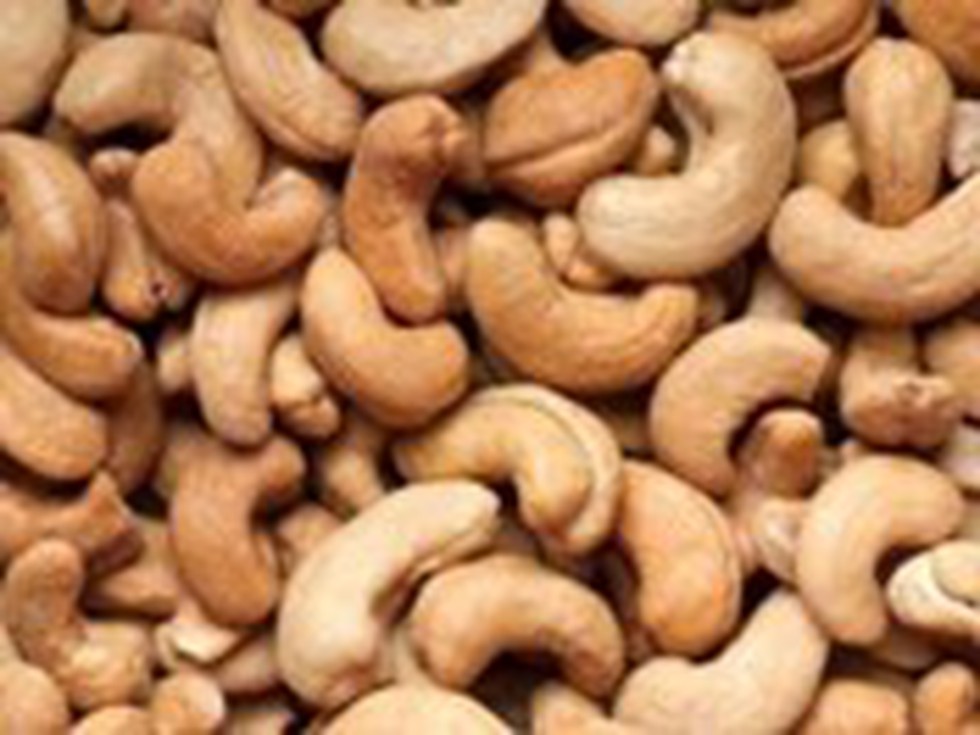
About Goan cashew:
- Cashew is one of the most important plantation crops in India
- Cashew was native to northeast Brazil in Latin America and was introduced to Goa by the Portuguese in the 16th century (1570).
- At the time of its introduction on Indian coasts, cashew was known mainly as a crop for afforestation and soil conservation.
- In the state of Goa, it occupies the largest area among horticultural crops.
- Climatic condition
- Soil and climate: Well-drained deep sandy loam soils are the best for growing cashew. In general, all soils from sandy to laterite are well suited for this crop.
- It is very well adapted to Indian coastal area under hot humid conditions
- Temperature: In the range of 20 to38 o C, relative humidity in the range of 60 to 95%.
- Rain fall: Annual precipitation in the range of 2000 to 3500mm.
- Extreme low temperature and frost are not conducive to raise cashew plantations.
- The cultivation of this crop is being extended to non-traditional areas in the plains of Karnataka, Madhya Pradesh, Chattisgarh and some parts of North East hill region.
2. Rasmussen’s encephalitis
Recently, the special surgery operation was performed by doctors at Loma Linda University Health in California by switching off half of the brain of an ailing girl in order to save her life who was suffering from Rasmussen’s encephalitis .

About Rasmussen’s encephalitis:
- It is a very rare, chronic inflammatory neurological disease that usually affects only one hemisphere (half) of the brain.
- It most often occurs in children under the age of 10 but can also affect adolescents and adults.
- Symptoms
- Frequent and severe seizures
- Inflammation of the brain (encephalitis)
- Mental deterioration
- Progressive loss of neurological functions including motor skills, speech, and eventual paralysis on one side of the body (hemiparesis)
- Treatment may include:
- Antiseizure medications: Antiseizure medications usually don’t completely manage seizures due to RE. But they may help decrease the frequency and severity of the seizures.
- Immunotherapy: Immunotherapy at the beginning of RE may help manage seizures or prevent further immune-related brain damage.
- Brain surgery: Hemispherectomy is most effective in treating seizures in RE. It involves surgically removing or disconnecting half of your child’s brain from the rest of their brain.
3. Egyptian Vulture
Recently, an Egyptian Vulture was rescued from Indapur which had suffered injuries and dehydration and was admitted to the RESQ Wildlife Transit Treatment Centre (TTC) at Bavdha.
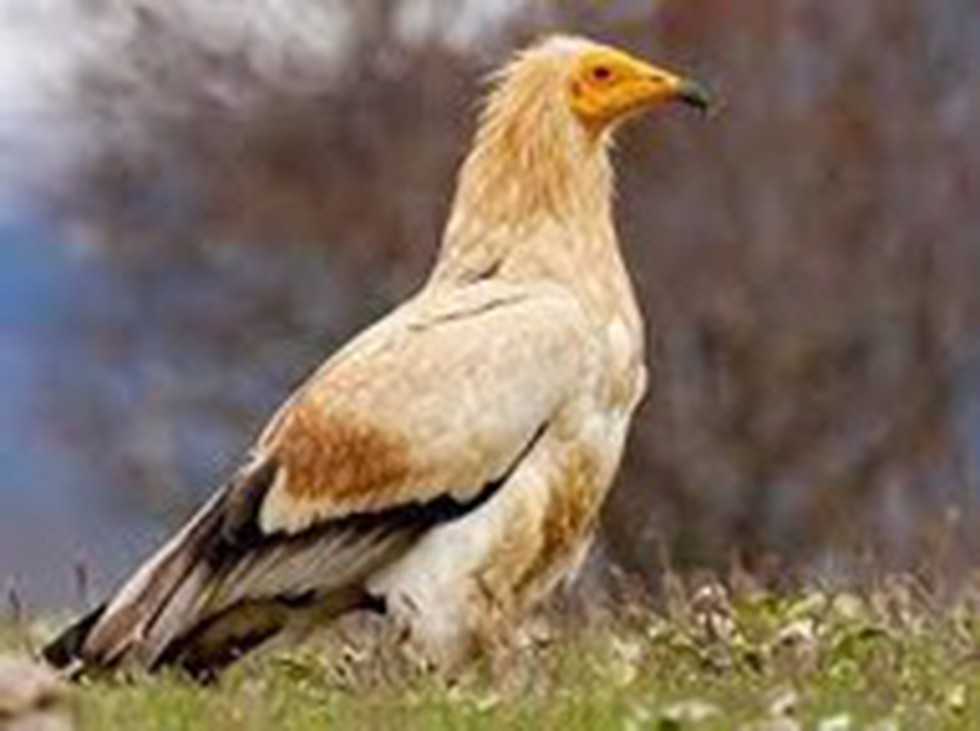
About Egyptian Vulture:
- The Egyptian Vulture (Neophorn Percnopterus) is a native bird of Europe, Central Asia and Africa, and in winter, it travels towards Asian countries, including India.
- The residential sub-species of Egyptian vulture is Neophron Percnopterus Ginginianus, which resides in India throughout the year.
- It inhabits open, arid areas near humans, with plenty of food options.
- These are monogamous, migrating between breeding seasons as a pair. They build a large nest and will constantly replenish it during the breeding season.
- Threats : One of the primary threats facing this species is illegal poisoning aimed at carnivores.
- Conservation status
- IUCN: Endangered
Vulture species in India:
- 9 species of vultures are found in India.
- Of these nine species, 4 are listed as Critically Endangered species of Vultures and one as endangered species in IUCN red list of endangered species.
- Species of Vultures found in India and their IUCN Conservation Status:
- Indian Vulture or Long-billed vulture (Gyps indicus)-Critically Endangered
- Indian White-backed Vulture (Gyps bengalensis)-Critically Endangered
- Red-headed Vulture (Sarcogypscalvus)- Critically Endangered
- Slender-billed Vulture (Gyps tenuirostris)- Critically Endangered
- Egyptian Vulture (Neophronpercnopterus)- Endangered
- Cincerous Vulture (Aegypiusmonachus)- Near Threatened
- Bearded Vulture (Gypaetusbarbatus)-Near Threatened
- Himalayan Vulture (Gyps himalayansis)-Near Threatened
- Griffon Vulture (Gyps fulvus)- Least Concern
Source : Endangered Egyptian Vulture rescued
4. Chilika Lake
Migratory birds have started their annual journey to Chilika Lake—India’s largest waterbird habitat in Odisha — ahead of winter this year.
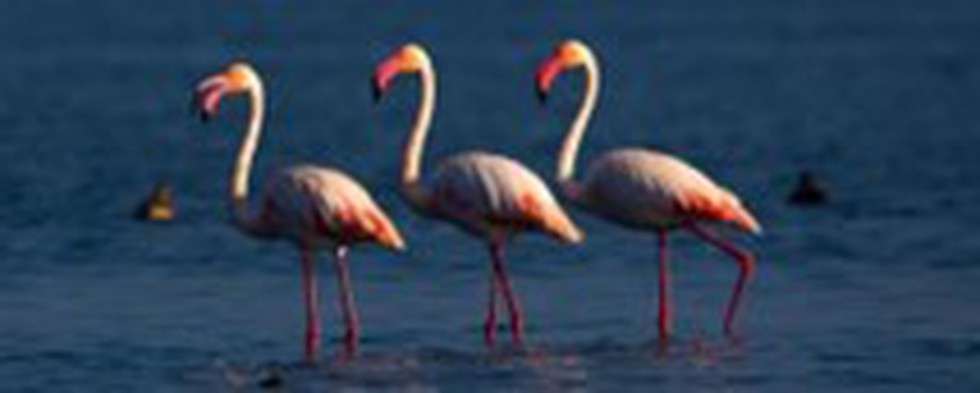
About Chilika Lake:
- It is a brackish water lake and a shallow lagoon with estuarine character spread across the districts of Puri, Khurda and Ganjam in the state of Odisha.
- It is connected to the Bay of Bengal by a 32 km long and 1.5 km wide channel that mostly runs parallel to the Bay separated by a narrow spit.
- It is located at the mouth of the Daya River, flowing into the Bay of Bengal, covering an area of over 1,100 km2.
- It can be broadly divided into four ecological sectors based on salinity and depth, namely the southern zone, the central zone, the northern zone and the outer channel.
- It is the largest wintering ground for migratory waterfowl found anywhere on the Indian sub-continent.
- It is one of the hotspot of biodiversity in the country, and some rare, vulnerable and endangered species listed in the IUCN Red List of threatened Animals inhabit the Lake area for atleast part of their life cycle.
- In 1981, Chilika Lake was designated the first Indian wetland of international importance under the Ramsar Convention.
- The Nalaban Island within the lake is notified as a Bird Sanctuary under Wildlife (Protection) Act, 1972.
5. Mera Yuva Bharat
Recently, the Union Cabinet, chaired by the Prime Minister of India has approved the establishment of an autonomous body Mera Yuva Bharat (MY Bharat).

About Mera Yuva Bharat:
- It is an autonomous body will benefit the youth in the age group of 15-29 years, in line with the definition of ‘Youth’ in the National Youth Policy.
- In case of programme components specifically meant for the adolescents, the beneficiaries will be in the age group of 10-19 years.
- It will help in Setting the focus of the Government on Youth Led development and to make the Youth “active drivers” of development and not merely “passive recipients”.
- It will be launched on 31st October, 2023 on National Unity Day.
- Objectives
- The primary objective of Mera Yuva Bharat (MY Bharat) is to make it a whole of Government platform for youth development.
- Under the new arrangement, with access to resources & connection to opportunities, youth would become community change agents and nation builders allowing them to act as the Yuva Setu between the Government and the citizens.
- It seeks to harness the immense youth energy for nation building.
- Mera Yuva Bharat supported by a technology platform would help to increase the Youth outreach efforts of the Department of Youth Affairs.
6. Sayeret Matkal Unit
As per recent reports, Israel's most elite special operations force, Sayeret Matkal, is being prepped for extremely dangerous hostage-rescue missions in the Gaza Strip.
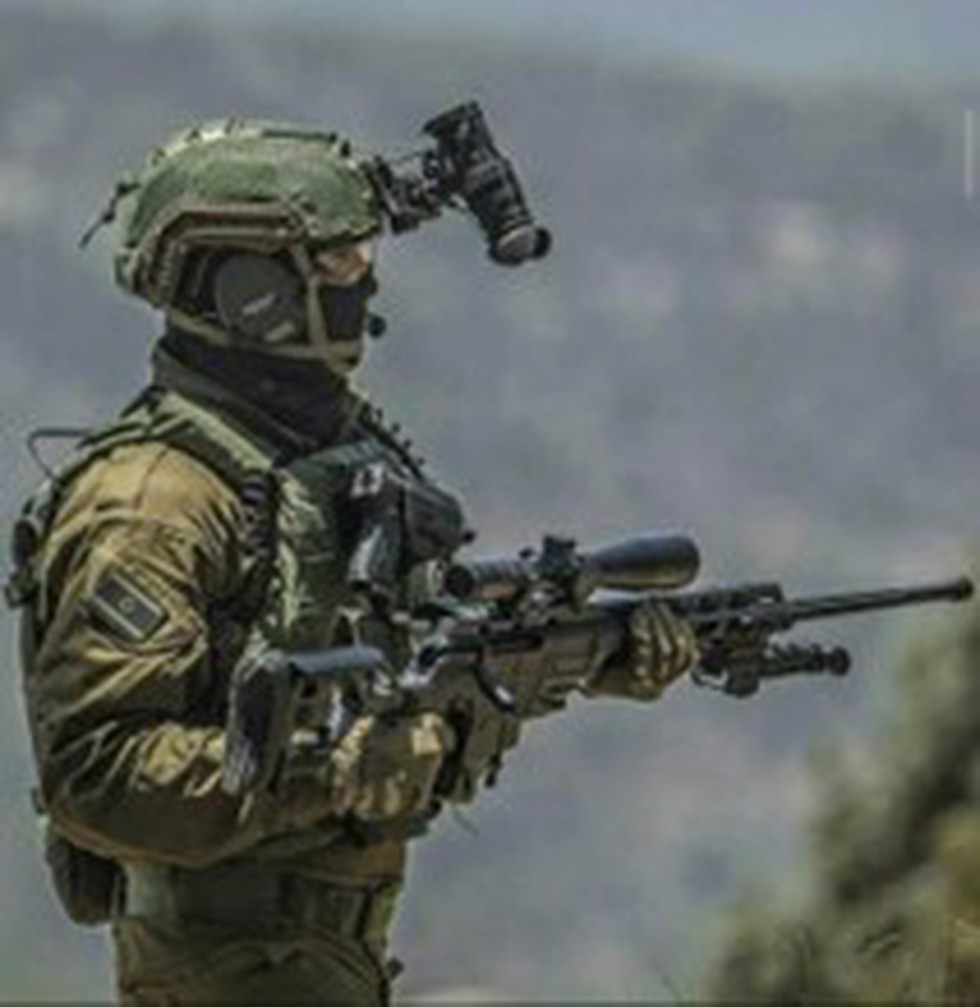
About Sayeret Matkal Unit:
- Sayeret Matkal, also called General Staff Reconnaissance Unit 269, is an elite commando unit of the Israeli Defense Force (IDF).
- The unit was established in 1957 at the initiative of its first commander, Avraham Arnan.
- It is modelled on the UK’s Special Air Service, or SAS, a Special Forces unit of the British army, taking the unit's motto "Who Dares Wins".
- Sayeret Matkal is a field intelligence-gathering unit that conducts deep reconnaissance behind enemy lines and is also tasked with counter-terrorism and hostage rescue beyond Israel's borders.
- It is directly subordinate to the Special Operations Branch of the IDF's Directorate of Military Intelligence.
- Israel only acknowledged its existence in the 1980s.
- They have been known to work in conjunction with other elite Israeli units such as Sayeret Tzanhanim, Flotilla 13, and Sayeret Golani.
- It is best known for its role in the 1976 Entebbe airport raid in Uganda, when its commandos saved 100 Israelis from Palestinian hijackers.
7. White Phosphorous Bombs
Several photos, videos, and claims on social media allege that Israeli forces are using white phosphorous on the civilian population of Gaza.
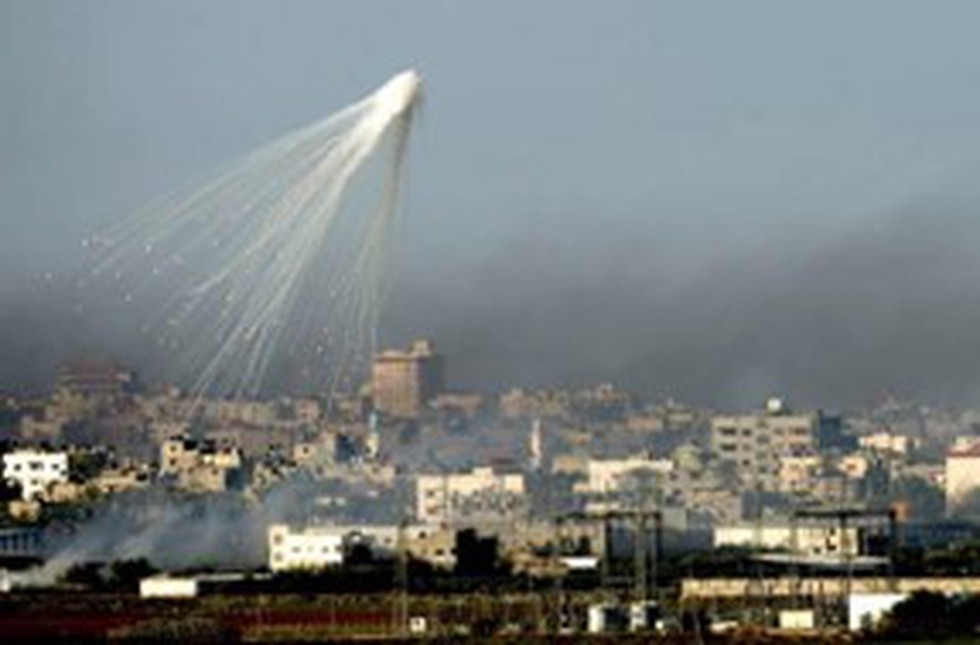
About White Phosphorous Bombs:
- White phosphorus is a waxy, yellowish-to-clear chemical with a pungent, garlic-like odour.
- It is a highly combustible chemical that burns quickly and brightly when exposed to air.
- It is used in incendiary weapons by militaries around the world for a variety of purposes, such as illuminating targets at night or to inflicting damage on enemies.
- It burns at a temperature of 800°C and spontaneously ignites at up to 1,300 degrees Celsius when it is exposed to oxygen, and producing white, dense smoke, which is used by armies to create smokescreens in sensitive zones.
- White phosphorus can cause fast-moving and widespread fires on the ground.
- Once ignited, the substance is very difficult to put out, as it clings to many surfaces, including skin and clothing.
- Since it is a wax-like substance, it is very hard to remove and often lights up again when the bandages are removed.
- White phosphorus munitions are not banned under international law, but because of their incendiary effects, their use is supposed to be tightly regulated.
- Examples of White Phosphorous usage in wars:
- The British army used it in both World Wars.
- US forces, after invading Iraq, used the chemical weapon against insurgents in the city of Fallujah.
- Israel admitted that it used phosphorus shells during the battle against Hezbollah during the 2006 Lebanon War.
What are incendiary weapons?
- They are weapons or munitions designed to set fire to objects or cause burns or respiratory injuries to people through the action of flame, heat, or a combination thereof, resulting from a chemical reaction of a flammable substance such as napalm or white phosphorus.
- In 1972, the United Nations General Assembly passed a resolution calling incendiary weapons a "category of arms viewed with horror."
- The definition in Article 1 of Protocol III of the Convention on Certain Conventional Weapons excludes multipurpose munitions, particularly those containing white phosphorus.
- Because white phosphorus has legal uses, shells filled with it are not directly prohibited by international humanitarian law.
8. Pontus Tectonic Plate
A long-lost tectonic plate dubbed 'Pontus' was recently discovered by chance by scientists studying ancient rocks in Borneo.
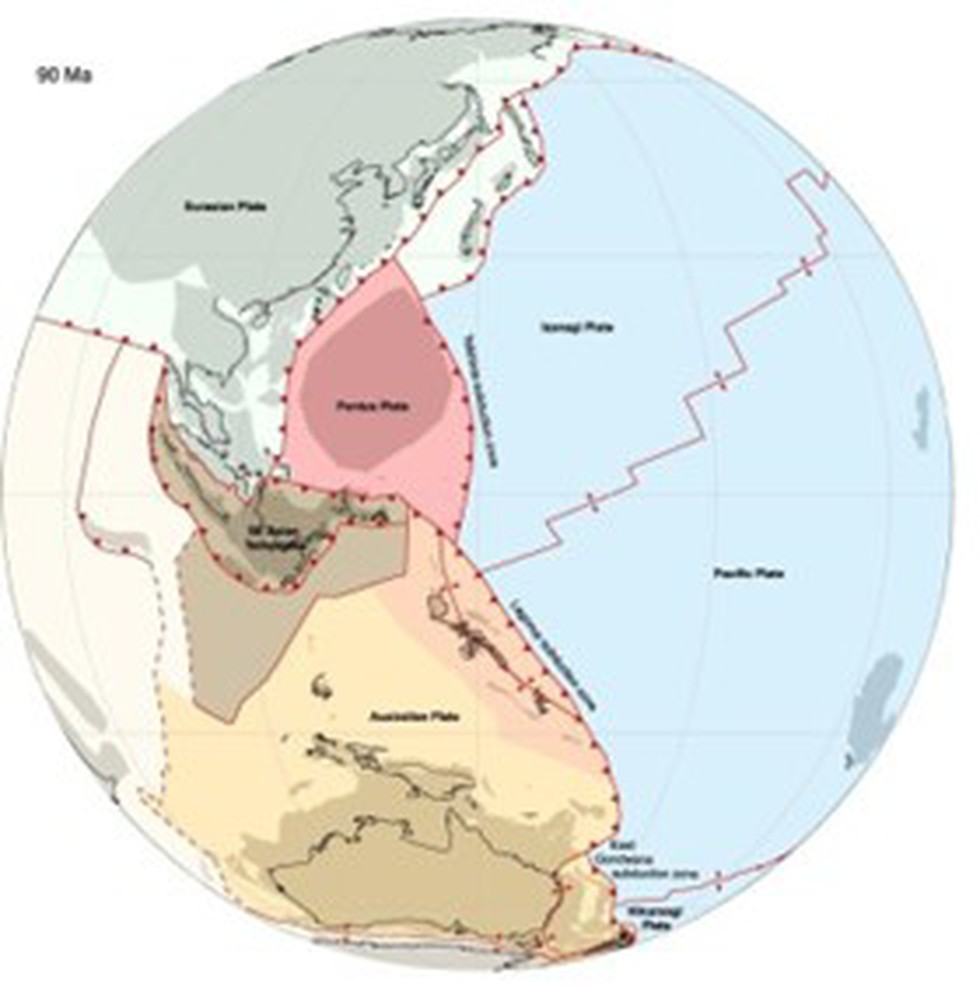
About Pontus Tectonic Plate:
- It is a long-lost tectonic plate recently discovered in the west Pacific Ocean.
- It is believed that the massive tectonic plate was once about 15 million square miles in size, which equates to approximately one quarter of the Pacific Ocean.
- It can be traced back as far as 160 million years, and even more recently to around 20 million years back.
- It was slowly subducted and lost over millions of years, pulled down under a neighbouring plate by gravity.
- How the discovery was made?
- The subducting plate is actually denser than the surrounding mantle, so gravity basically pulls the plate down into the mantle.
- A subducted plate leaves behind traces when it 'sinks' into Earth's mantle – namely, fragments of rock hidden in mountain belts.
- During the process of subduction, however, the upper parts of the subducting plate are sometimes scraped off.
- The researchers used geological data to reconstruct the movements of the current plates with computer modelling, which hinted at a wide area potentially vacated by a subducted plate.
- Using magnetic techniques, researchers determined the basalt from Borneo were relics of Pontus that were left behind when this part of the plate subducted, some 85 million years ago.
What is a Tectonic Plate?
- A tectonic plate (also called lithospheric plate) is a massive, irregularly shaped slab of solid rock, generally composed of both continental and oceanic lithosphere.
- Plate size can vary greatly, from a few hundred to thousands of kilometers across; the Pacific and Antarctic Plates are among the largest.
- Plate thickness also varies greatly, ranging from less than 15 km for young oceanic lithosphere to about 200 km or more for ancient continental lithosphere (for example, the interior parts of North and South America).
- Theory of Plate Tectonics:
- Plate tectonics is the theory that Earth's outer shell is divided into large slabs of solid rock, called “plates,” that glide over Earth's mantle, the rocky inner layer above Earth’s core.
- Earth’s solid outer layer, which includes the crust and the uppermost mantle, is called the lithosphere. Below the lithosphere is the asthenosphere — a viscous layer kept malleable by heat deep within the Earth.
- It lubricates the undersides of Earth's tectonic plates, allowing the lithosphere to move around.
9. Deception Island
The National Aeronautics and Space Administration (NASA) recently posted a birds-eye-view picture of Deception island on its Instagram handle.
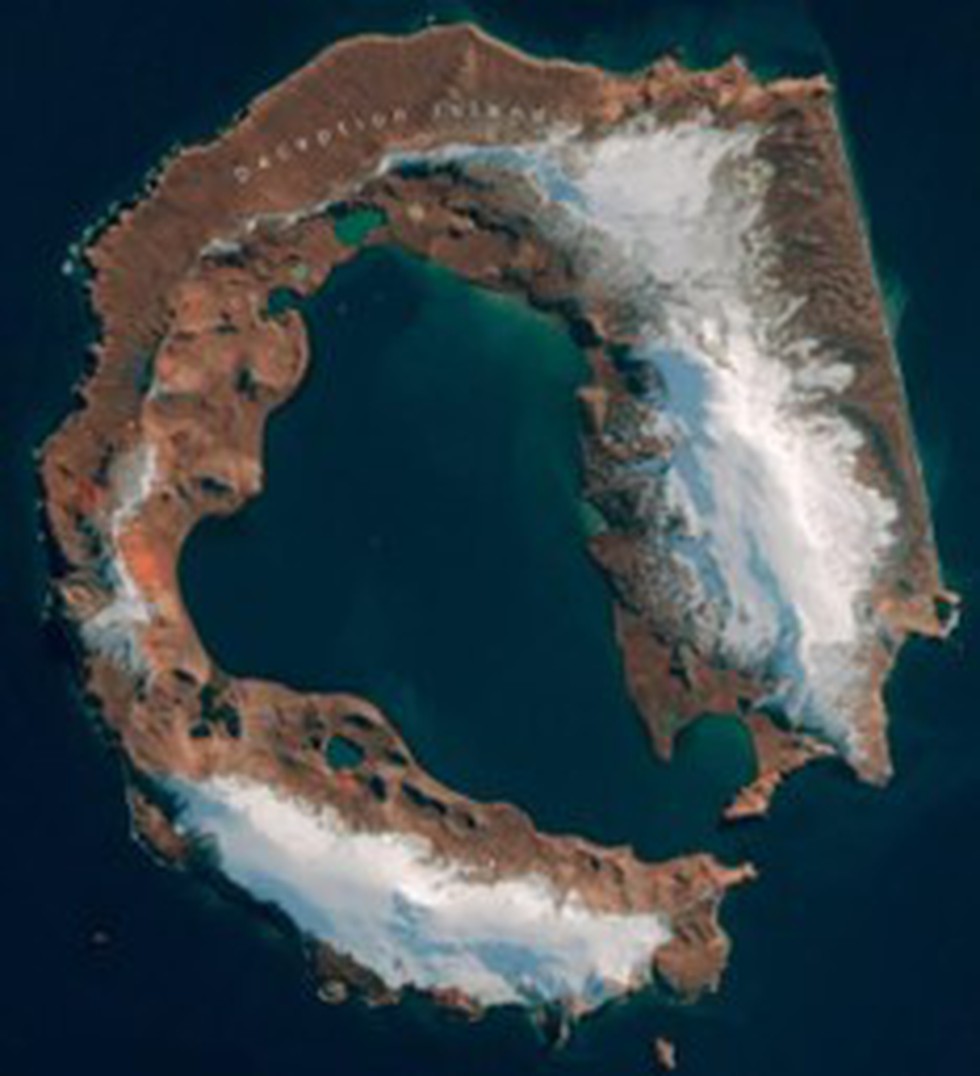
About Deception Island:
- Deception Island is part of a line of islands called the South Shetland Islands, lying northwest of the Antarctic Peninsula.
- It is an active volcano.
- Formation: It was formed by a massive volcanic eruption, which caused the central part of the volcano to collapse and allowed seawater to flood the center, or caldera.
- It has a unique landscape of barren volcanic slopes, steaming beaches, and ash-layered glaciers that form a distinctive horseshoe-shaped opening to the sea through a narrow channel at Neptune’s Bellows.
- The island surrounds Port Foster, one of the safest harbours in the Antarctic.
- It is one of the only places in the world where vessels can sail directly into the centre of a restless volcano.
- It’s one of two active volcanoes around Antarctica, and it has erupted more than twenty times since the 19th century.
- Three volcanic eruptions took place on the island between 1967 – 1970, destroying the Chilean and the British stations.
- At present, Argentina and Spain maintain summer scientific stations there.
- It is now managed as part of the Antarctic treaty, making it a protected area with restricted human visits and impacts.
10. Lyme Disease
The US health regulator did not find any misconduct at clinical sites managed by Care Access for Pfizer and French partner Valneva's trial of a Lyme disease vaccine candidate, the contract research firm said recently.
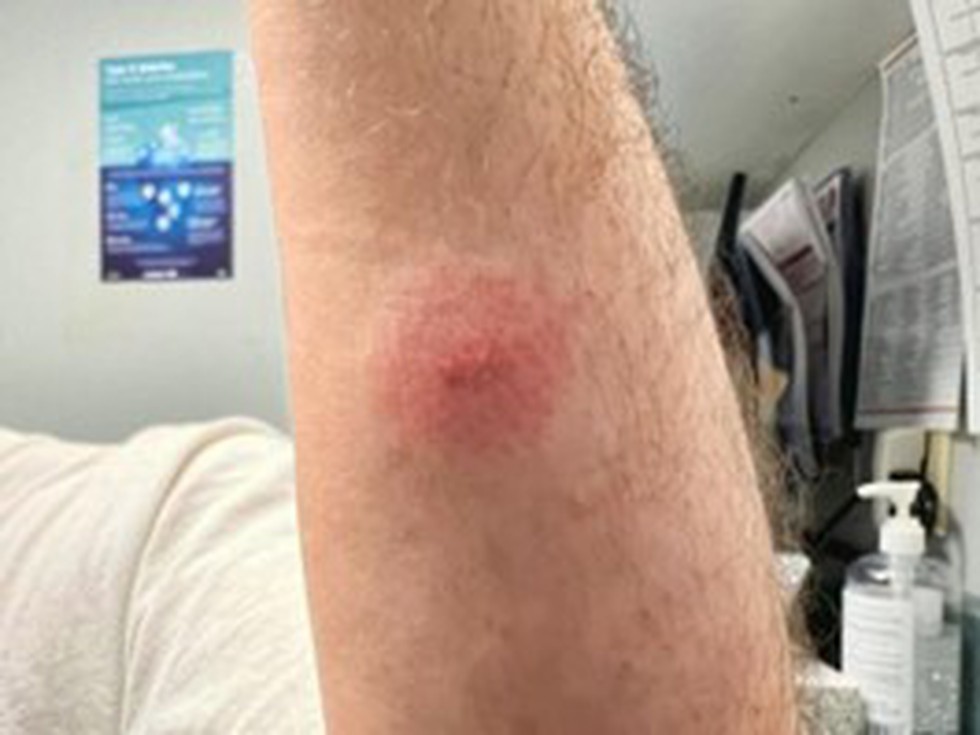
About Lyme Disease:
- It is a vector-borne infectious disease caused by the bacterium Borrelia burgdorferi.
- Transmission:
- It is primarily transmitted to humans through the bite of infected black-legged ticks, often referred to as deer ticks.
- Lyme disease cannot spread:
- between humans
- from pets to humans
- through air, food, or water
- Lice, mosquitoes, fleas, and flies also do not transmit it.
- It is most commonly reported in North America, Europe, and some parts of Asia.
- Symptoms:
- Early symptoms of Lyme disease start between 3 to 30 days after an infected tick bites you. The symptoms can include:
- A red rash called erythema migrans (EM). Most people with Lyme disease get this rash. It gets bigger over several days and may feel warm. It is usually not painful or itchy. As it starts to get better, parts of it may fade. Sometimes this makes the rash look like a "bull's-eye."
- Fever
- Chills
- Headache
- Fatigue
- Muscle and joint aches
- Swollen lymph nodes
- If left untreated, it can lead to more severe symptoms, affecting the joints, heart, and nervous system.
- Early symptoms of Lyme disease start between 3 to 30 days after an infected tick bites you. The symptoms can include:
- Treatment:
- The standard treatment for Lyme disease is antibiotics, such as doxycycline or amoxicillin, especially in the early stages.
- In later stages, intravenous antibiotics may be required.




.png)
























































































































































.png)
.png)
.png)
.png)
.png)


.png)
.png)
.png)





.png)
.png)






.png)
.png)
.png)
.png)
.png)
.png)
.png)
.png)
.png)






.png)
.png)


.png)
.png)
.png)


.png)

.png)
.png)





.jpg)

.png)
.png)


.png)

.png)
.png)
.png)

.jpg)

.jpg)


.png)

.png)
.png)
.png)
.png)
.png)
.png)
.png)
.png)
.png)
.png)




.png)

.png)





.png)
.png)
.png)
.png)
.png)
.png)
.png)
.png)
.png)
.png)
.jpg)
.jpg)

.png)
.png)
.png)
.png)
.png)
.png)
.png)
.png)
.png)
.png)
.png)
.png)
.png)
.png)
.png)
.png)
.png)
.png)
.png)
.png)
.png)
.png)



.png)
.png)

.jpg)
.jpg)


.jpg)
.jpg)
.jpg)
.jpg)
.jpg)

.jpg)








.jpg)
.jpg)
.jpg)
.jpg)
.jpg)

















.jpg)
.jpg)







.jpg)


















.jpg)
.jpg)






























































































.jpg)
.jpg)


























.jpg)

.jpg)










.jpg)








.jpg)




.jpg)










.jpg)


















.jpg)












































.jpg)














.jpg)
.jpg)
.jpg)





.jpg)

.jpg)
.jpg)





































































.jpg)


































.jpg)
.jpg)
















































.jpg)












.jpg)


.jpg)




.jpg)
.jpg)
.jpg)

.jpg)
.jpg)
.jpg)
.jpg)

.jpg)
.jpg)
.jpg)

.jpg)
.jpg)
.jpg)
.jpg)
.jpg)
.jpg)
.jpg)
.jpg)

.jpg)


.jpg)
.jpg)
.jpg)
.jpg)
.jpg)
.jpg)
.jpg)
.jpg)
.jpg)
.jpg)











.jpg)
.jpg)





.jpg)
.jpg)
.jpg)
























.jpg)
























.jpg)









.jpg)
.jpg)







.jpg)
.jpg)









































.jpg)
.jpg)
.jpg)
.jpg)
.jpg)

.jpg)
.jpg)
.jpg)
.jpg)
.jpg)


.jpg)
.jpg)
.jpg)
.jpg)
.jpg)

.jpg)
.jpg)
.jpg)
.jpg)
.jpg)
.jpg)
.jpg)
.jpg)
.jpg)
.jpg)
.png)

.png)
.png)

.png)
.png)
.png)
.png)


.jpg)
.jpg)

.jpg)
.jpg)
.jpg)

.png)
.png)
.png)
.png)
.png)
.png)
.png)

.png)
.png)
.png)
.png)
.png)
.png)
.png)
.png)
.png)
.png)





































































-min.png)



.png)




.png)








































